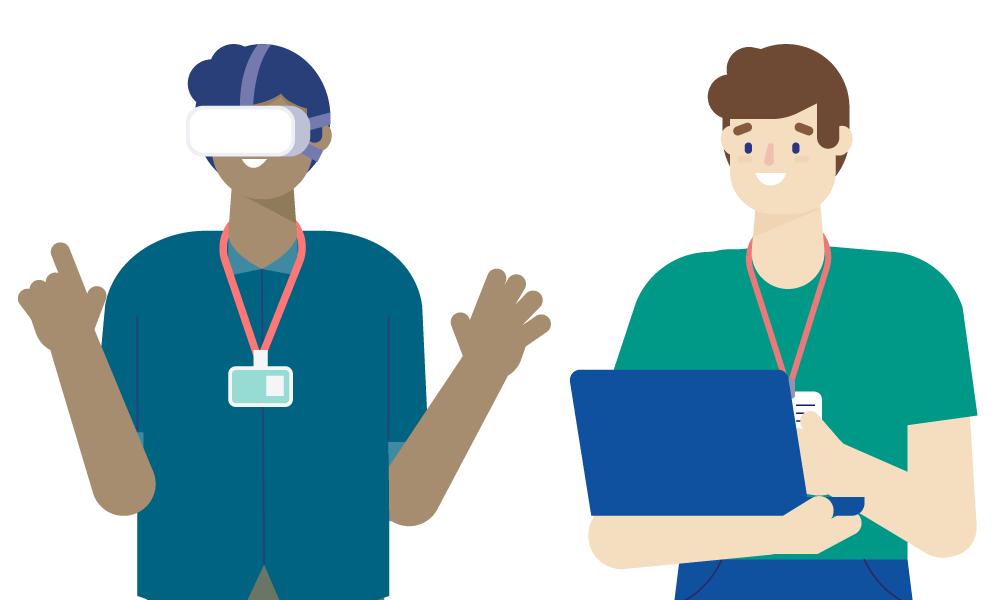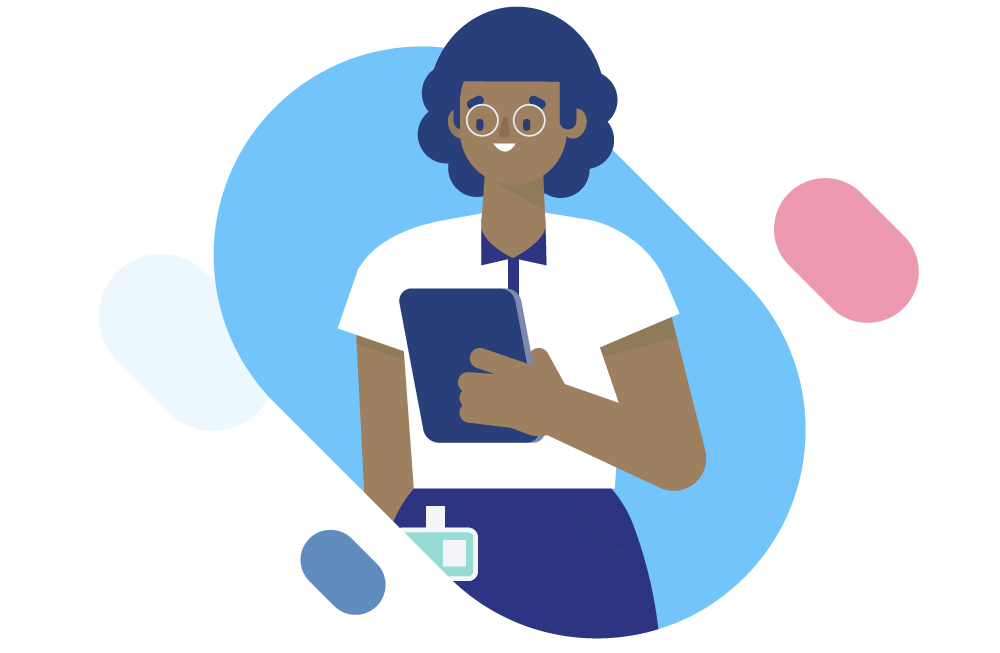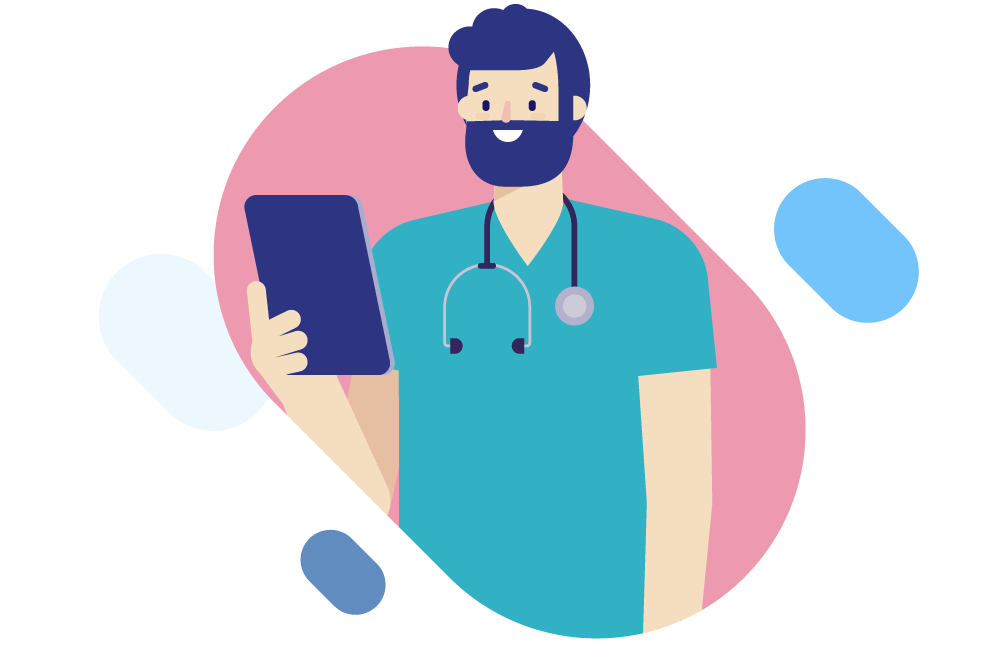Our innovations
We collaborate with engineers from academia and industry across the UK and beyond.
Some of the work is top secret (it’s perhaps less exciting than it sounds!), though we’re working to develop new surgical devices and artificial intelligence tools to improve the care of children.

Artificial Intelligence
We have several projects related to artificial intelligence and machine vision. These optimise the way that processes occur with the help of computer algorithms – which could make care safer, more efficient and enable greater access to treatments minimising inequalities.
Hip Disease – Our collaboration with the University of Manchester, has changed the way that hip images are interpreted. Through a technology called BoneFinder, X-ray measurements that previously took doctors time can now be done automatically. For some children, such as those with Cerebral Palsy, if this is integrated to X-ray systems across the UK this could change the way that children are treated. Children affected by Cerebral Palsy could then have universal access to a prompt system for diagnosing hip disease, preventing the development of painful hip dislocations and complex surgery.
Hip Dysplasia – Our collaboration with the University of Oxford is improving the identification of hip problems on babies undergoing ultrasound scans. 1 in 1000 babies is born with a dislocated hip. An ultrasound scan may identify this problem early and enable early simple treatment. However, ultrasounding every newborn is expensive. However, the integration of artificial intelligence could reduce this cost, making ultrasound more accessible and more cost effective across.
The Open Access Musculoskeletal (MSK) Imaging Dataset project aims to create a research database in the form of a comprehensive catalogue of musculoskeletal imaging, acquired during routine clinical care. All imaging data will be fully anonymised and enhanced with expert annotations to ensure high-quality, clinically relevant information.
This curated dataset will support academic research, and the development, training, and validation of computer vision models designed to assist in the diagnosis and prognostication of musculoskeletal injuries and diseases. By enabling advancements in AI-driven healthcare solutions, the project seeks to improve patient outcomes, support academic research, and drive commercial innovation within the musculoskeletal field.

Completed
SHINE-2: Screening the Hips in Newborns
Uses an Acoustic Device to Identify Developmental Hip Dysplasia in Babies through specific audible tones and/or the transmission of vibration across the hip joint.
The assessment will involve an additional examination during routine ultrasound, which is being undertaken as part of the national selective screening program. In addition to the ultrasound examination, the child will have the prototype device applied (i.e. an external excitatory acoustic signal will be generated from an acoustic device that is placed on the knee. An external microphone will ‘listen’ and interpret the transmission of the acoustic signal across the hip, and any echoed back to the knee)
